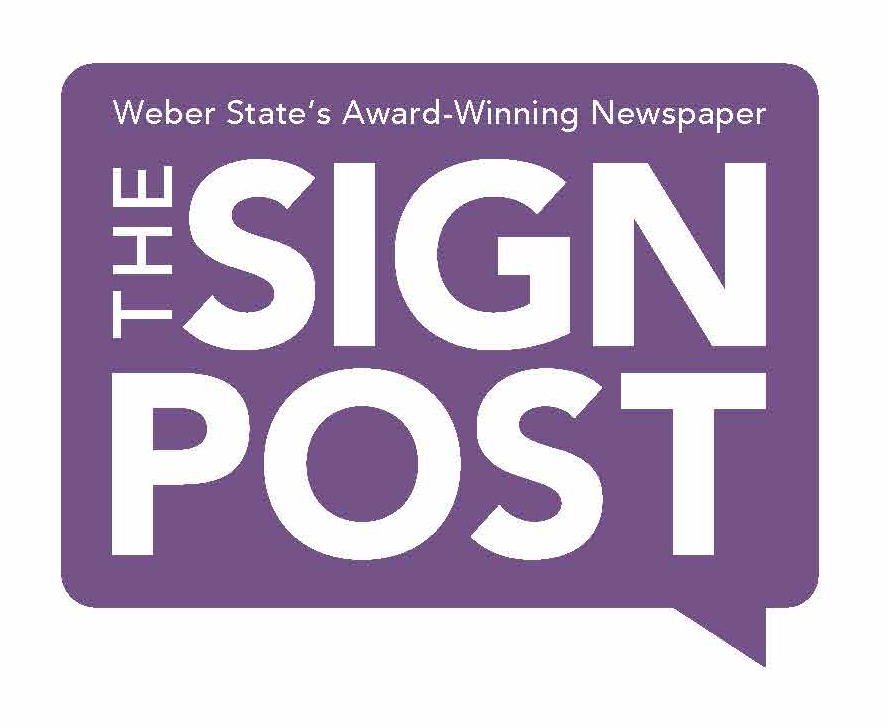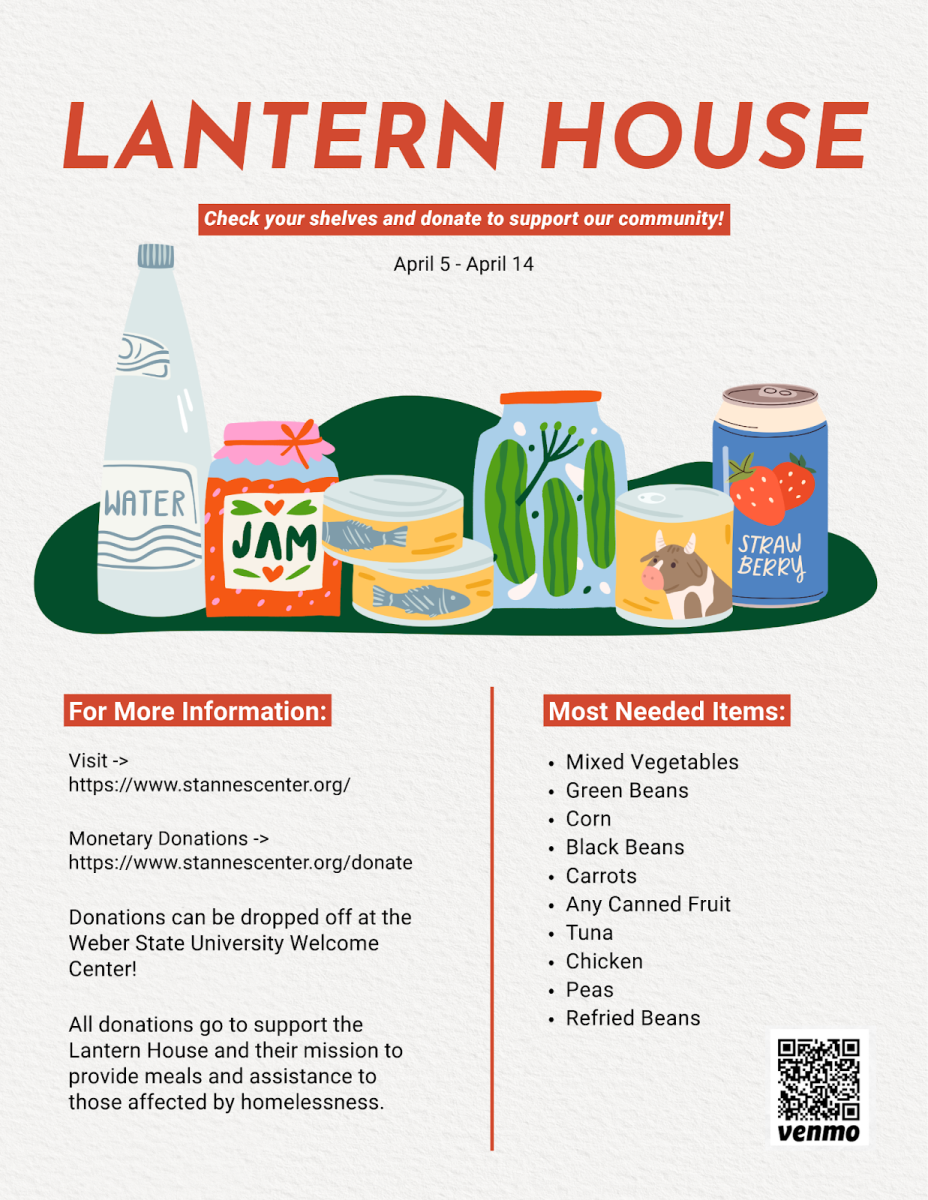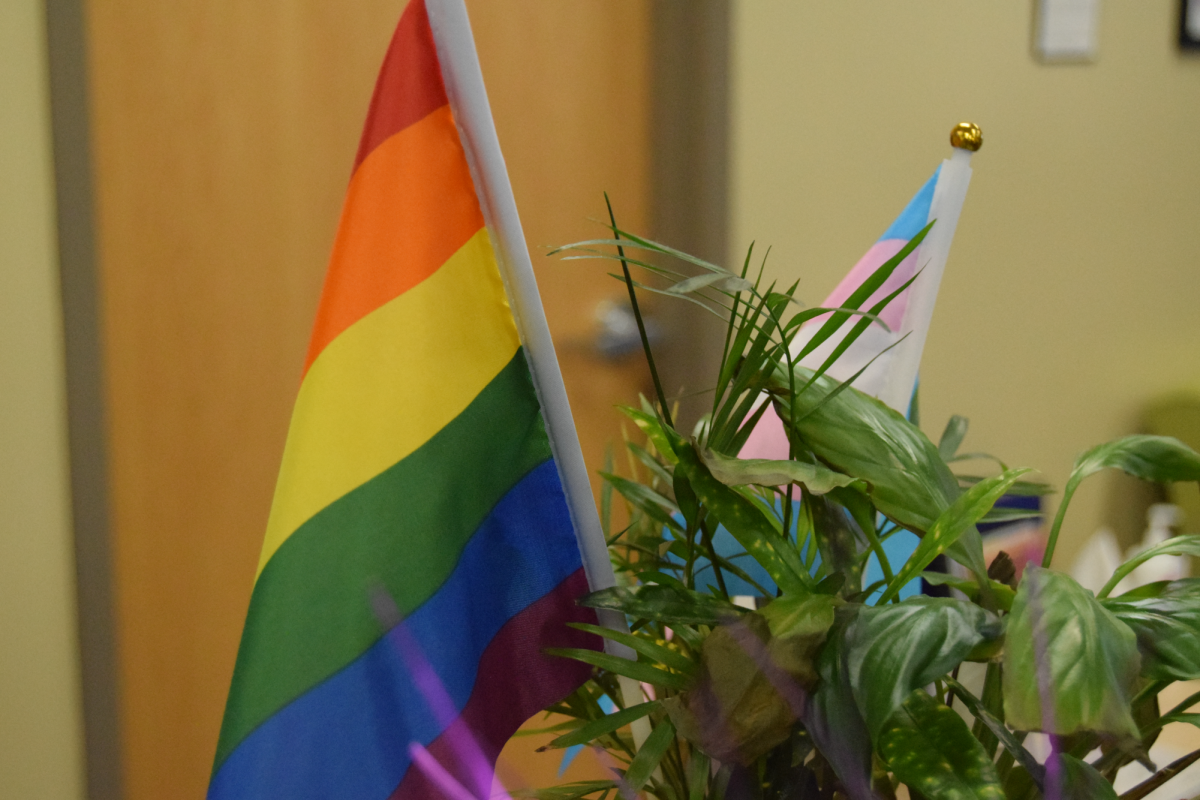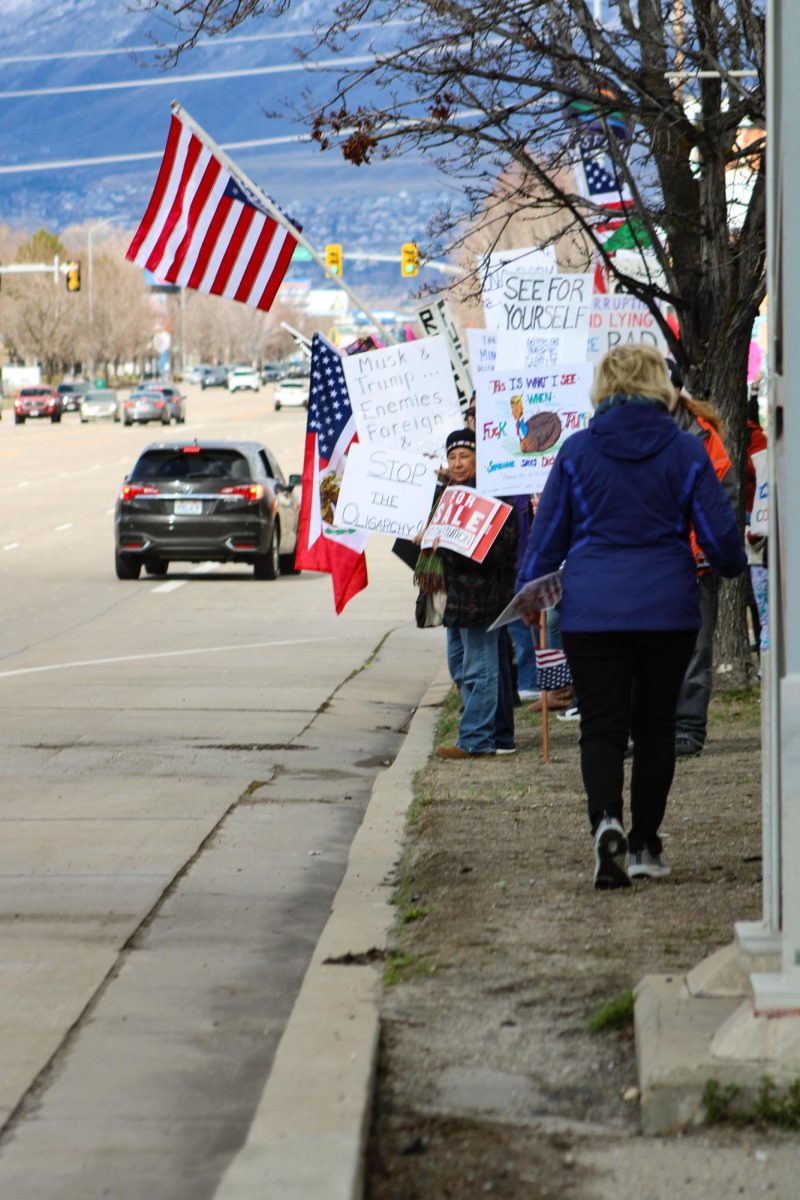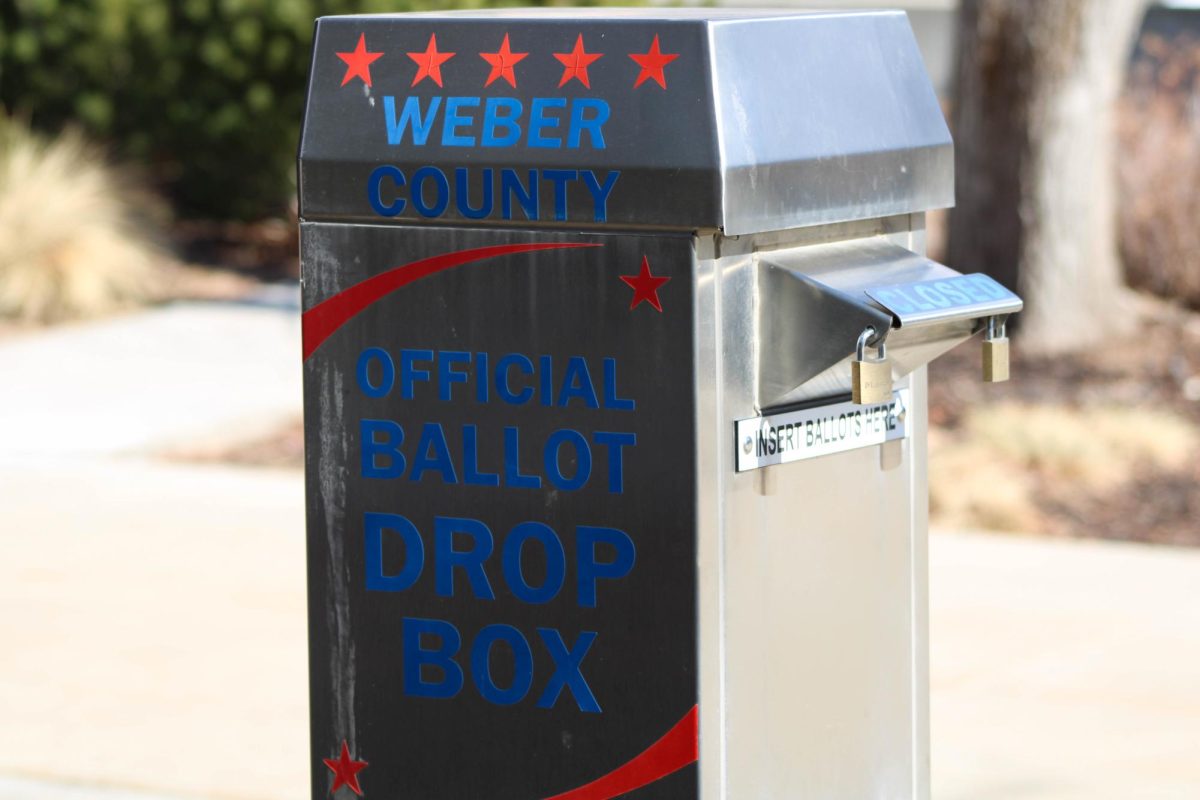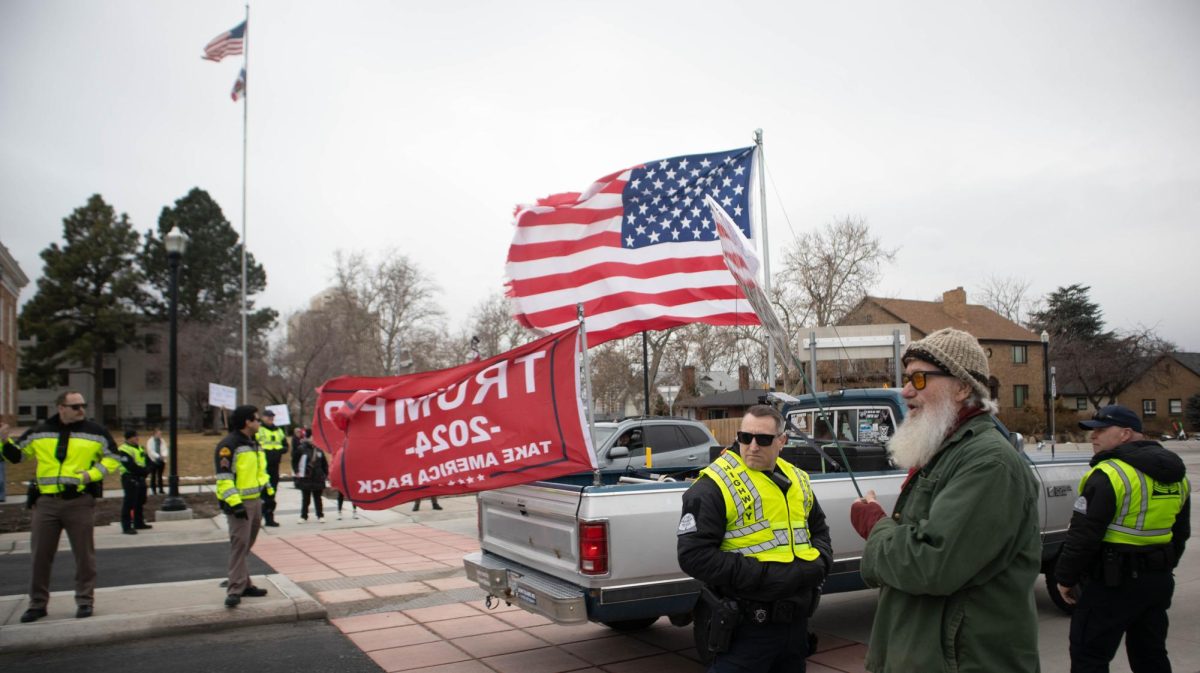Following the protest on Nov. 4, University President Brad Mortensen scheduled an impromptu meeting on Nov. 5 in the Diversity and Inclusion Center with protestors and campus diversity leaders and advocates.

Joining Mortensen for the conversation were Vice President of Academic Affairs and Provost Ravi Krovi and Executive Director of Marketing and Communications John Kowalewski.
Prior to the meeting, Mortensen also sent out a campus-wide email announcement to students at 11:45 a.m.
The email explicitly condemned the flyers that had been found on campus on Nov. 1.
“On Monday morning, two hand-written flyers containing the message ‘It’s Okay To Be White’ were taped on the north and south entry doors of the Shepherd Union Building,” the email said. “The letters ‘IOTBW’ were also spelled out in duct tape on the western exterior of the union. This phrase has been used frequently on signs and stickers on college campuses across the U.S. to promote white supremacy.”
The email continued, “Any form of racism is unacceptable at Weber State University. We condemn the actions of those responsible for these flyers.”
The email also reiterated a new council to the president of the university, the President’s Diversity and Inclusion Advisory Council, which was announced during the Nov. 4 meeting.

The meeting began with the reading of the email and reiterated many of the same questions and concerns posed to Mortensen and Assistant Vice President of Diversity and Chief Diversity Officer Adrienne Andrews during the “Belonging on Campus” conversation that coincided with the sit-in protest held in the Shepherd Union atrium.
Mortensen said that if the person who posted the signs was found that they would be charged with criminal mischief for defacing public property, but the content of the signs would not have a weight in those charges. However, there are policies and procedures in the student code that could lead to the consequences from the university as well.
Mortensen also addressed what campus changes could be made, including diversifying campus staff and faculty and making adjustments to make faculty and staff feel safer to speak up when they see problems in their classrooms and departments, including holding a staff forum where staff will be able to speak freely without fear of repercussion.
Several members of both conversations spoke about how they feared their own jobs may be in jeopardy because of the time they spent at the protest or because they spoke out at all.
Mortensen addressed those concerns by saying he had reached out to HR the day previously to ensure that nothing staff said during either conversation would be held against their employment.
Students were also concerned with the lack of administration representation and that several key members, specifically Andrews, were not present for the conversation.
For staff who were present and had been present for the past two days, they felt very isolated and upset others had not taken the time to come or been contacted to make them aware of an important conversation happening.
Both Mortensen and Kowalewski addressed their own concerns with not being available or understanding the climate or culture on campus because of what Mortensen called the “Miller Administration Bubble.”
“The Miller Administration Building can be a bit of a bubble. We said that during COVID, and it was a bubble away from students,” Mortensen said. “I don’t think it’s just a COVID thing. We are away from the campus climate. It’s insulated. You can work in that building and walk from the parking lot and never see a student.”

While students were concerned with how in or out of touch the administration was with the feelings on campus, they were just as concerned with the lack of resources and communication from the administration and from campus as a whole. One of the suggestions bade was to have a Black Student Center that mirrored the Center for Multicultural Excellence or other resources on other Utah institutions’ campuses.
A second concern that was brought up was the lack of a resource to report harmful statements made by faculty or staff on campus. An example brought up by an international student was a professor telling them they could never succeed at Weber State or in America.
Kowalewski informed the group of the resource available under the Safe@Weber resource tab on the bottom of each page on the Weber website to make a report. It was noted by several people and administrators present that it was not easy to see that it wasn’t a resource for non-sexual assault or harassment concerns.
Kevin Blanch, a faculty member that was also a student at Weber State, encouraged students to keep pushing past the status quo and keep disrupting.
“This is a major accomplishment. I’ve been on this campus for over 50 years. This fact that Brad Mortensen is here says something,” Blanch said. “Don’t be afraid. You’re college students, it’s your job. You have to keep doing this. This is your world, we’ve already bleeped it up bad enough.”
Mortensen also addressed cries for the Blaylock Report that had been asked for by many spaces on campus and not yet released. Mortensen promised it would be released by Nov. 12.
Additionally, Mortensen scheduled a follow-up meeting on Nov. 12 at 2:30 p.m. in a bigger space to allow for larger attendance where the Blaylock report could be discussed after its release and post and and next steps would addressed in more depth after time could be taken to address these concerns among administrators over the next week.
